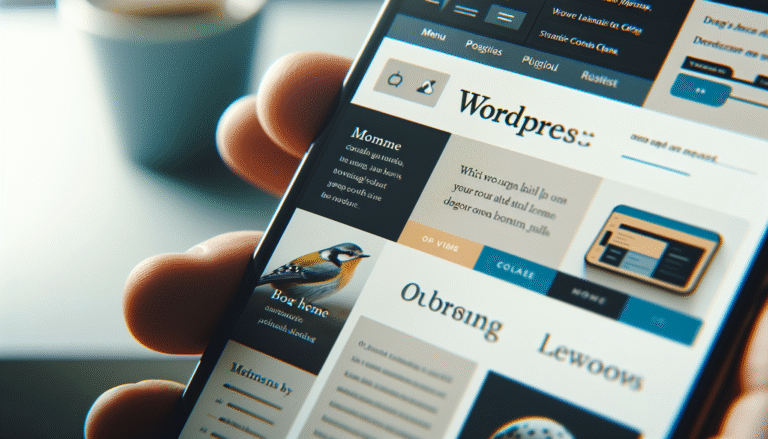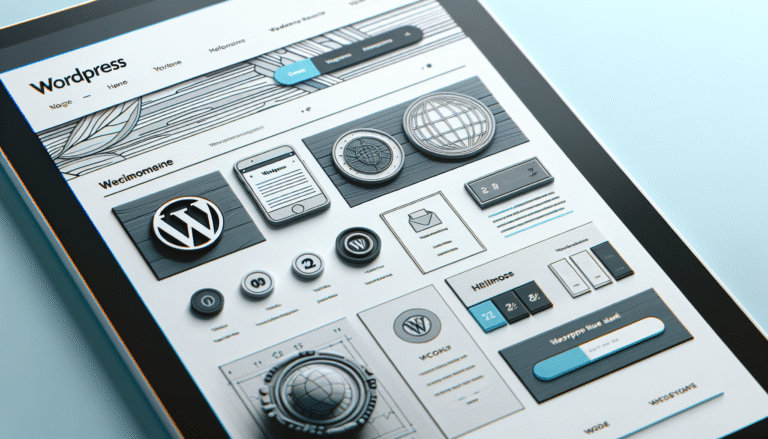
Here is a rewritten version of your article with improved flow, clarity, and engagement, while preserving the original meaning and structure:
—
How to Build an Eco-Friendly Website: A Guide to Sustainable Web Design
In today’s digital-first world, the internet has become a vital part of our daily lives. But behind every click, scroll, and page load lies an often-overlooked environmental cost. Websites consume energy—through servers, data centers, and user devices—and collectively contribute to our carbon footprint. Fortunately, by prioritizing sustainability in web design, we can reduce this impact.
Creating an eco-friendly website doesn’t mean sacrificing performance or aesthetics. In fact, sustainable design often leads to faster load times, better user experiences, and improved SEO rankings. From optimizing images to choosing green hosting, small changes can make a big difference.
This guide will walk you through the essential steps to building a website that aligns with both your business goals and the planet’s needs. You’ll learn how to choose energy-efficient features, write clean code, and design with intention—all while keeping your audience engaged. Let’s explore how to make your online presence more sustainable, one kilobyte at a time.
Why Websites Have an Environmental Impact
Every website relies on servers and data centers to operate—and these facilities use vast amounts of electricity. In 2022, global data centers consumed around 460 terawatt-hours (TWh) of electricity, roughly 2% of worldwide usage. If this trend continues, emissions from data centers could account for up to 14% of global carbon emissions by 2040, rivaling the output of the United States.
When users visit a website, their devices send requests to servers, which process and deliver the content. This process consumes energy and emits carbon dioxide (CO₂). Heavier websites—those with large images, videos, or complex scripts—require more energy to load, resulting in higher emissions.
To put it in perspective: the average web page generates about 0.8 grams of CO₂ per view. For a site with 10,000 monthly views, that’s nearly 96 kilograms of CO₂ annually. These numbers show how even small sites can have a sizable impact.
What Makes a Website Eco-Friendly?
An eco-friendly website is one that minimizes energy use and resource consumption while maintaining high performance and user satisfaction. Sustainable web design focuses on efficiency, simplicity, and environmental responsibility.
Core Principles of Sustainable Web Design
1. Lightweight Design
Keep your design clean and simple. Avoid unnecessary animations, oversized images, or excessive media. Streamlined layouts reduce data usage and improve load times.
2. Efficient Coding
Clean, optimized code reduces server strain and energy use. By eliminating redundant scripts and using best practices, you improve both speed and sustainability.
3. Green Hosting
Choose a hosting provider that uses renewable energy or offsets its carbon footprint. Providers like GreenGeeks invest in clean energy and eco-friendly initiatives to power their servers responsibly.
4. Minimal Resource Usage
Use features like lazy loading (which loads content only when needed) and caching to limit the number of server requests. This not only saves energy but also enhances performance under high traffic conditions.
Why It Matters Beyond the Environment
Eco-friendly websites aren’t just good for the planet—they’re good for business. Faster load times improve user experience and reduce bounce rates. Search engines reward optimized sites with better rankings. And consumers increasingly prefer brands that demonstrate environmental responsibility.
Choosing a Green Web Host
Your hosting provider plays a major role in your website’s carbon footprint. Traditional hosts often rely on fossil fuels to power their data centers, whereas green hosts use renewable energy or purchase carbon offsets.
GreenGeeks: A Leader in Sustainable Hosting
GreenGeeks is a standout in eco-friendly hosting. Since 2008, they’ve committed to sustainability by purchasing three times the renewable energy they consume. They also plant a tree for every new hosting account, in partnership with One Tree Planted.
As a certified Green Power Partner of the U.S. Environmental Protection Agency, GreenGeeks offers reliable, high-performance hosting backed by environmentally responsible practices. Whether you run a personal blog or a large e-commerce site, they provide a sustainable foundation for your digital presence.
Designing with Sustainability in Mind
Minimalist Design and Layout
Minimalism isn’t just a design trend—it’s an energy-saving strategy. By reducing visual clutter, simplifying color schemes, and using fewer media elements, you lower your site’s data load. This means faster loading and less energy consumption.
A great example is La La Land Kind Cafe’s website, which uses a monochromatic palette and clean layout to create a visually appealing yet resource-efficient experience.
Optimizing Images and Media
Images often account for the bulk of a webpage’s size. To reduce their impact:
– Use the right format: JPEG for photos, PNG for transparency, and WebP for modern compression.
– Compress images using tools like TinyPNG.
– Implement lazy loading to defer





